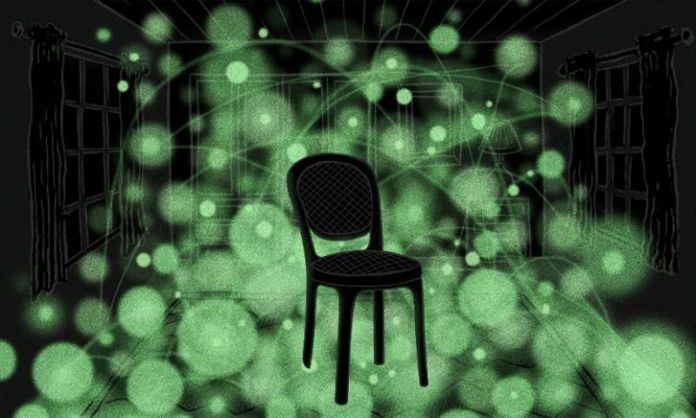Scientists from the University of Texas at Austin, have discovered a new method. This method captures three-dimensional images of structures in organic material. They have developed thermal noise imaging method to capture nanometer-scale images with higher resolution in natural conditions.
Scientists captured nanometer-scale pictures of networks of collagen fibrils. Collagen fibrils develop part of the connective tissue in the skin of animals. Analyzing collagen fibrils allowed researchers to measure fundamental properties that affect skin’s elasticity. It is something that causes improved designs for artificial skin or tissues.
It was tough for scientists to capture 3D images of nanoscale structures in biological samples because they tend to be soft and submerge in liquid. It means, the tiny fluctuations in heat causes Brownian motion. Thus, this creates some blurriness. Other super-resolution imaging techniques can also be used to reduce this blurriness. It also fixes biological samples by adding chemicals that stiffen various structures. Scientists can sometimes overcome blurriness without setting the samples. For example, they focus on rigid structures stuck to a glass surface. But they severely limit the kinds of structures and configurations they can study.
Instead of using these methods, scientists took a different approach. They add nanospheres to biological samples under natural conditions. They then shine a laser on the sample and compile superfast snapshots of the nanospheres viewed through a light microscope.
Scientists explained, “Thermal noise imaging method works something like this analogy: Imagine you needed to take a three-dimensional image of room in total darkness. If you were to throw a glowing rubber ball into the room and use a camera to collect a series of high-speed pictures of the ball as it bounces around. Then, you would see the ball moves around the room. It isn’t able to go through solid objects such as tables and chairs. Combining millions of images taken so fast that they don’t blur, you would be able to build a picture of where there are objects (wherever the ball couldn’t go) and where there aren’t objects (where it could go). In thermal noise imaging, the equivalent of the rubber ball is a nanosphere that moves around in a sample by natural Brownian motion – the same unruly force that has bedeviled other microscopy methods.”
Ernst-Ludwig Florin, the research leader, said, “If you want to develop artificial skin, you have to understand how the natural components work. You could then better design a collagen network that acts as a scaffolding that encourages cells to grow in the right way.”
